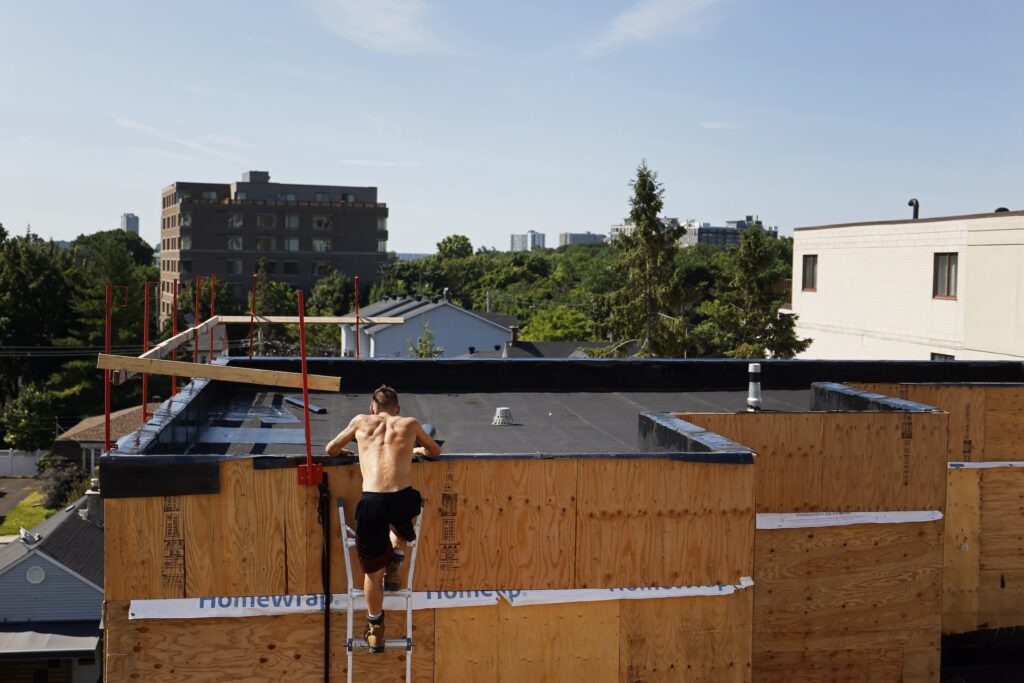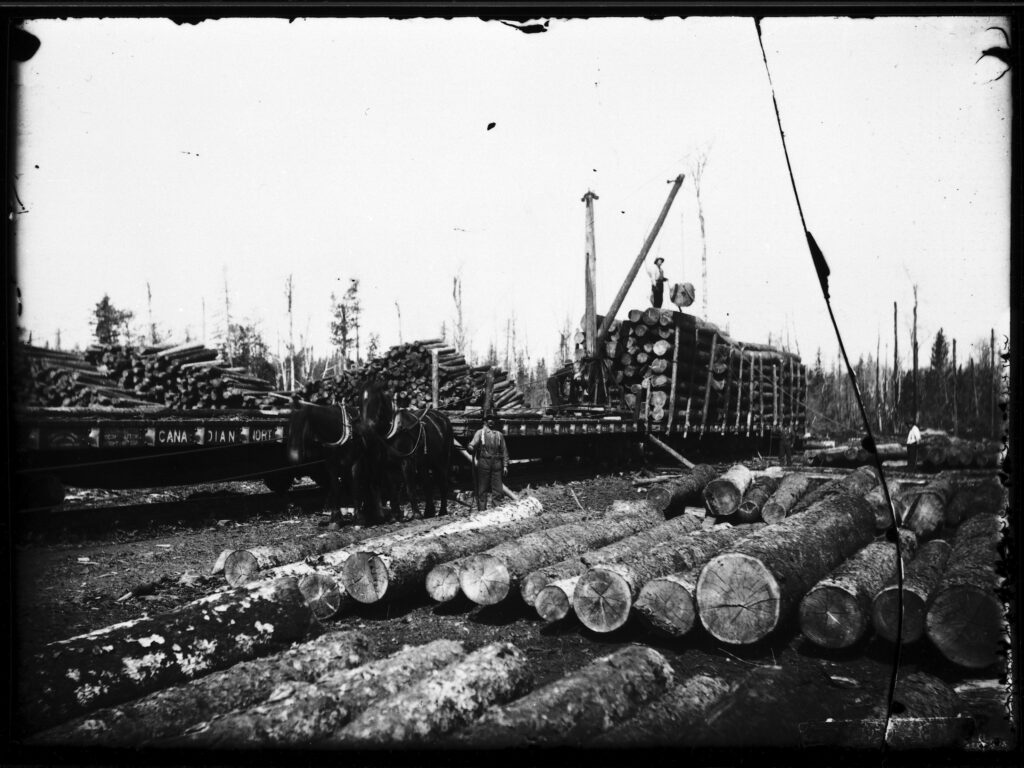Christian Leardini has been a roofer since he was 14 — his first and only job for 22 years and counting. He’s figured out how to deal with heat, whether from the blowtorches he uses to install tar roofs, the heavy-duty boots he wears for protection or the sun.
As the owner of Bellissimo Roofing & Exteriors, Leardini can’t take time off, but he can take breaks in Ottawa’s Rideau River. That’s what he did when the humidity made a mid-June heat wave feel like 40 C, or higher. On really hot days, he also has his team start at the crack of dawn and finish early in the afternoon, before the temperature peaks.
“We have ice cream. We have water … We have ice packs,” Leardini said. “And if the guys are too hot, we all have a mutual agreement: we take a break.”
“As roofers, we tolerate the heat.”
But the season for doing so is starting earlier and lasting longer.
During the June heat wave, Environment and Climate Change Canada used a rapid extreme weather event attribution program for the first time to measure heat. Officials said that temperature records were “shattered” in eastern Ontario: the heat wave reached a peak temperature of 29 C, which is 7.4 degrees above normal.
The high temperature is symptomatic of the climate crisis, officials said: excessive burning of fossil fuels has increased heat-trapping gases in the atmosphere and made the June heat wave two-to-10 times more likely. According to Ontario’s first climate change impact assessment, released last February, the province is set to climb from an annual average of 16 days over 30 C now to as many as 60 days of extreme heat by 2080 if nothing is done to curb emissions.
That kind of heat will make many jobs more difficult, both indoors and out. In schools and long-term care facilities, a lack of air conditioning will make indoor spaces inhospitable, as will machinery that adds to the heat on poorly ventilated manufacturing floors. The scorching sun will also beat down on construction sites, farms and people whose jobs keep them out of doors. In 2021, a Quebec construction worker fainted and died from heat stroke after a day felling trees in 30 C weather.
The heat is a hazard that many workers simply cannot escape.
But Ontario doesn’t have occupational health and safety regulations that specifically address heat stress. The Workplace Safety and Insurance Board offers liability to those who might experience personal injury on the job due to sunstroke or heat exhaustion. But largely, individual employers are left to determine what is the best safety protocol for their workers.
Last August, the Doug Ford government proposed an amendment to the provincial Occupational Health and Safety Act — which dictates workplace protection — to add “a stand-alone heat stress regulation.” This would require employers to create heat management programs such as providing water and breaks, and recognizing and responding to heat-stress symptoms.
“Heat stress is a significant cause of occupational illnesses that may also lead to death,” the 11-page government proposal reads, adding that prolonged exposure to the sun, especially when combined with protective wear and physical work, could result in fainting, heat exhaustion and heat stroke. “Due to changes in our climate, extreme heat events are a growing health risk to workers in Ontario.”
But the province has done little beyond this proposal. According to the Ontario Federation of Labour, there have been no updates since consultations ended last September. To try and push things along, the federation has launched a campaign to “demand climate action on workplace heat.” The National Farmers Union is asking the same.
Justice for Migrant Workers, an advocacy group, also demanded stronger protections this month, finding that farmworkers are 35 times more likely than the public to die from extreme heat. “The province should not wait for a tragedy to happen before it passes legislation to protect the foundation of Canada’s food system: farm workers,” the letter states.
Ontario Labour Minister David Piccini did not respond to questions from The Narwhal.
Other countries are also thinking about the issue. The United States recently unveiled a proposed federal workplace standard for extreme heat that would require employers to establish heat safety coordinators, provide extreme heat safety training, create emergency heat response plans and increase access to water and temperature-controlled break rooms. If passed, the new standards would mandate paid 15-minute breaks every two hours on very hot days. Individual American states have also enacted requirements, including California, Oregon and Washington.
As Ontario experiences a long, hot summer, workers are already feeling the heat.
But ultimately, there is no total escape from the heat. “We got bills to pay, and we got families to provide for, so we got to do what we got to do,” Leardini said. “I can’t take time off at all.”


